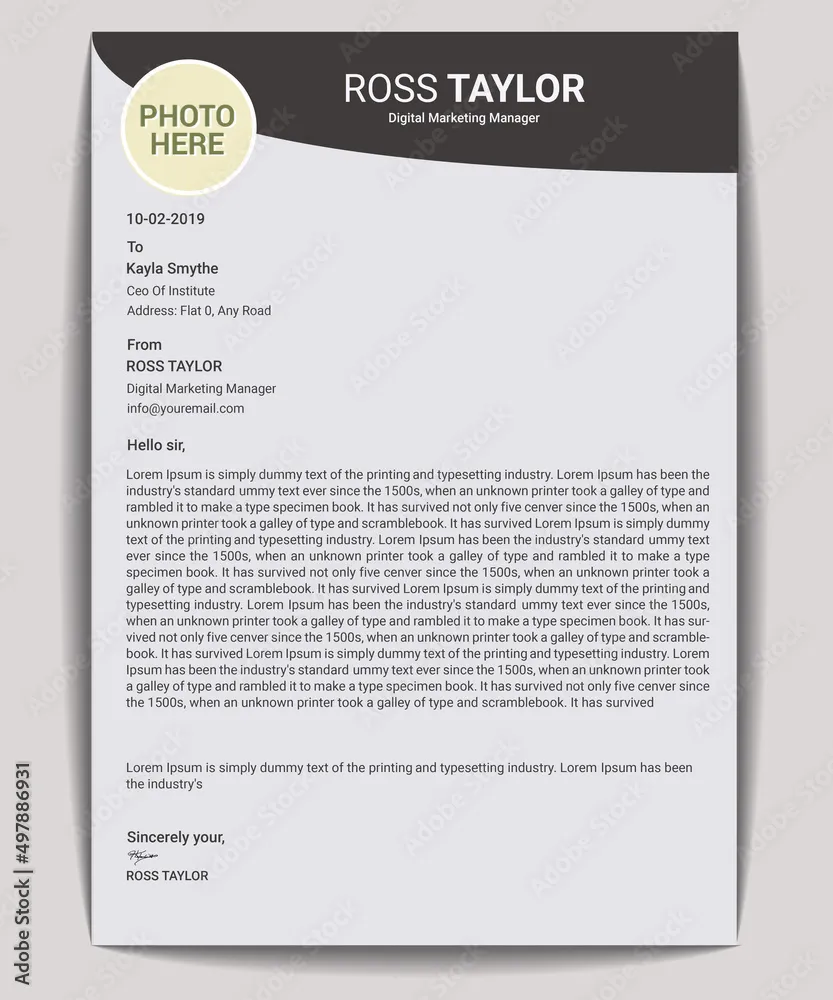Cover Letter Layout 2019 Top 7 Tips
In the competitive job market, your cover letter layout is just as crucial as the content within. A well-structured cover letter not only presents your qualifications but also showcases your attention to detail and professionalism. This guide provides seven essential tips for crafting a compelling cover letter layout that will help you stand out in 2019 and beyond. By focusing on these key elements, you can ensure your cover letter effectively communicates your value to potential employers and increases your chances of landing an interview. The following tips are designed to help you make a strong first impression.
Tip 1 Use a Professional Header
A professional header sets the tone for your entire cover letter. It should be clean, well-organized, and easy to read. This section is the first thing a hiring manager sees, so it’s crucial to get it right. A cluttered or unprofessional header can immediately detract from your application, while a polished one suggests that you pay attention to detail. In 2019, the trend is towards simplicity and clarity, so avoid overly stylized designs or excessive ornamentation. Sticking to a professional header is fundamental to impress hiring managers.
Contact Information
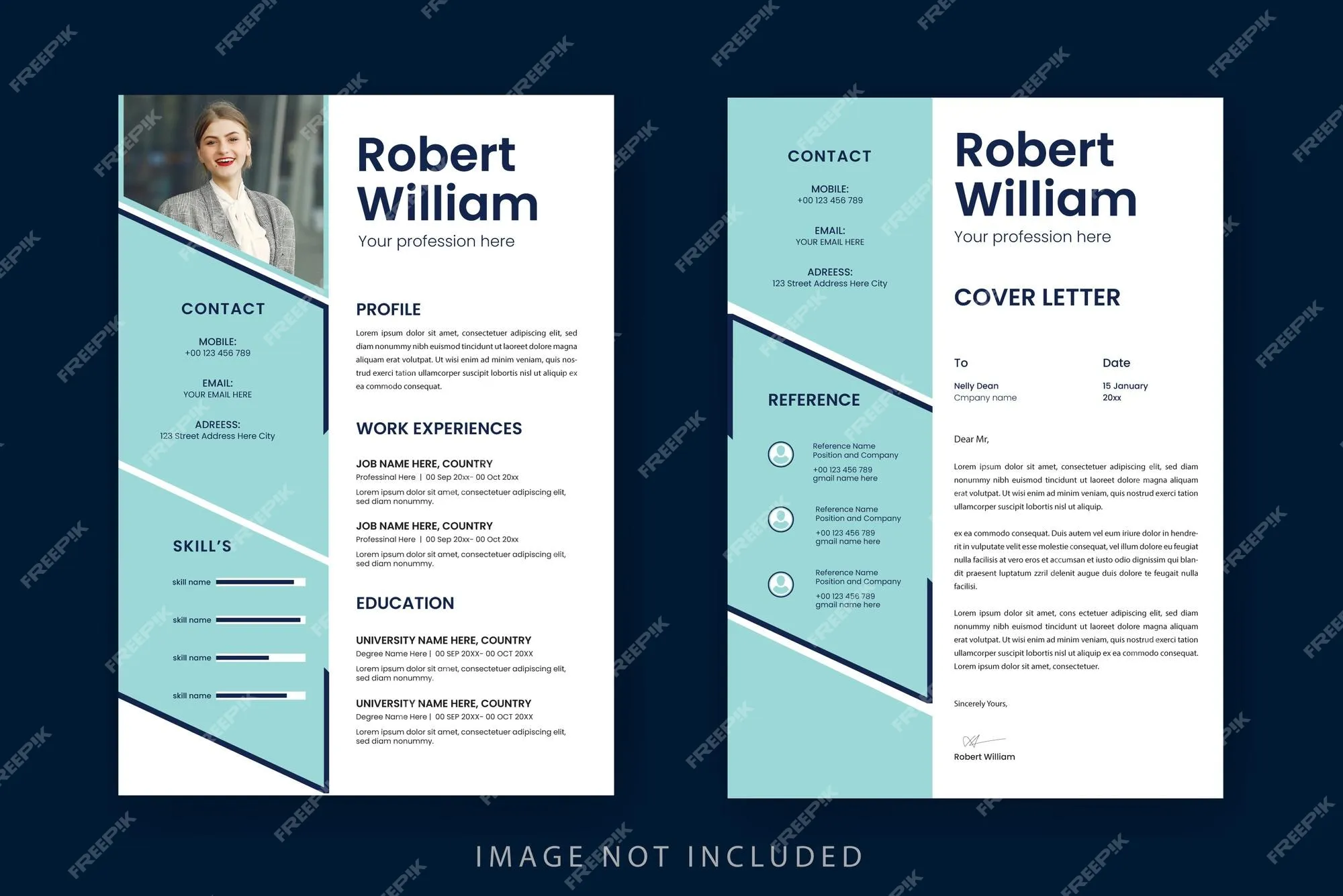
Begin with your full name, phone number, email address, and optionally, your LinkedIn profile URL. Make sure your contact information is up-to-date and easily accessible. Double-check that your email address is professional-sounding. Avoid using informal or outdated email addresses. Consistency in your contact information across your resume and cover letter is essential for a cohesive application. This step helps ensure that the recruiter can easily reach you if they want to discuss the open position.
Date
Include the current date below your contact information. This date is important as it indicates when you are applying for the job. The standard format is to write out the month, followed by the day and year (e.g., May 15, 2019). Place the date directly under your contact information or align it with the left margin. This detail ensures your application looks professional and organized.
Recipient’s Information
Below the date, include the recipient’s information. This typically includes the hiring manager’s name, title, and the company’s address. If you cannot find the name of the hiring manager, you can use a general salutation, but always try to find a specific name if possible. Knowing the name of the hiring manager is extremely beneficial, and showing that you put in the time to find it is a sign of initiative and professionalism.
Tip 2 Craft a Strong Opening
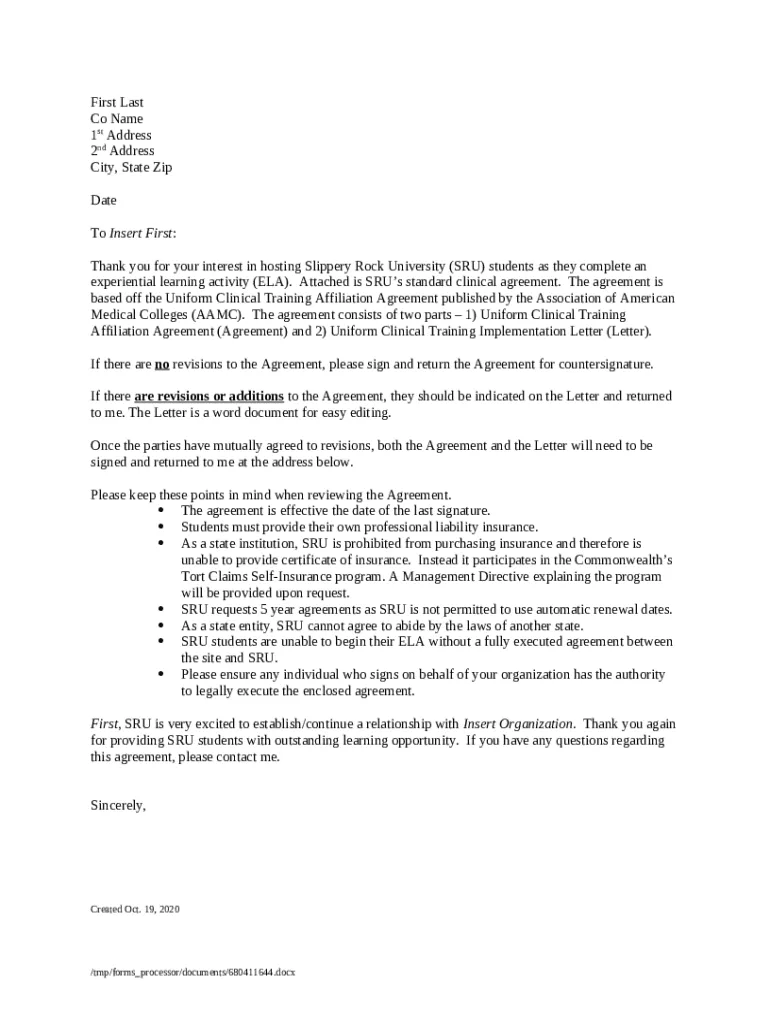
The opening of your cover letter is your first opportunity to make a strong impression. It should immediately capture the hiring manager’s attention and clearly state why you are a good fit for the role. A compelling opening sets the stage for the rest of your letter and encourages the reader to continue. Avoid generic openings and tailor your introduction to the specific job and company. The best cover letters stand out right away, and get the recruiter excited to read more.
Address the Hiring Manager by Name
If you know the hiring manager’s name, address them directly using “Dear Mr./Ms./Mx. [Last Name].” This personalized approach shows that you have done your research and are genuinely interested in the position. It is a simple but effective way to demonstrate your attention to detail and respect for the recipient. If you are unsure of the correct gender or preferred title, it is generally safe to use the full name without a title. For example, “Dear Alex Johnson” is acceptable if you are unsure.
State Your Purpose Clearly
In your opening paragraph, clearly state the position you are applying for and where you saw the job posting. Briefly explain why you are interested in the role and what makes you a strong candidate. This should be concise and to the point, typically within two to three sentences. Use this space to highlight your most relevant skill or experience. The opening sets the tone for the rest of your application.
Tip 3 Highlight Your Key Skills and Experience
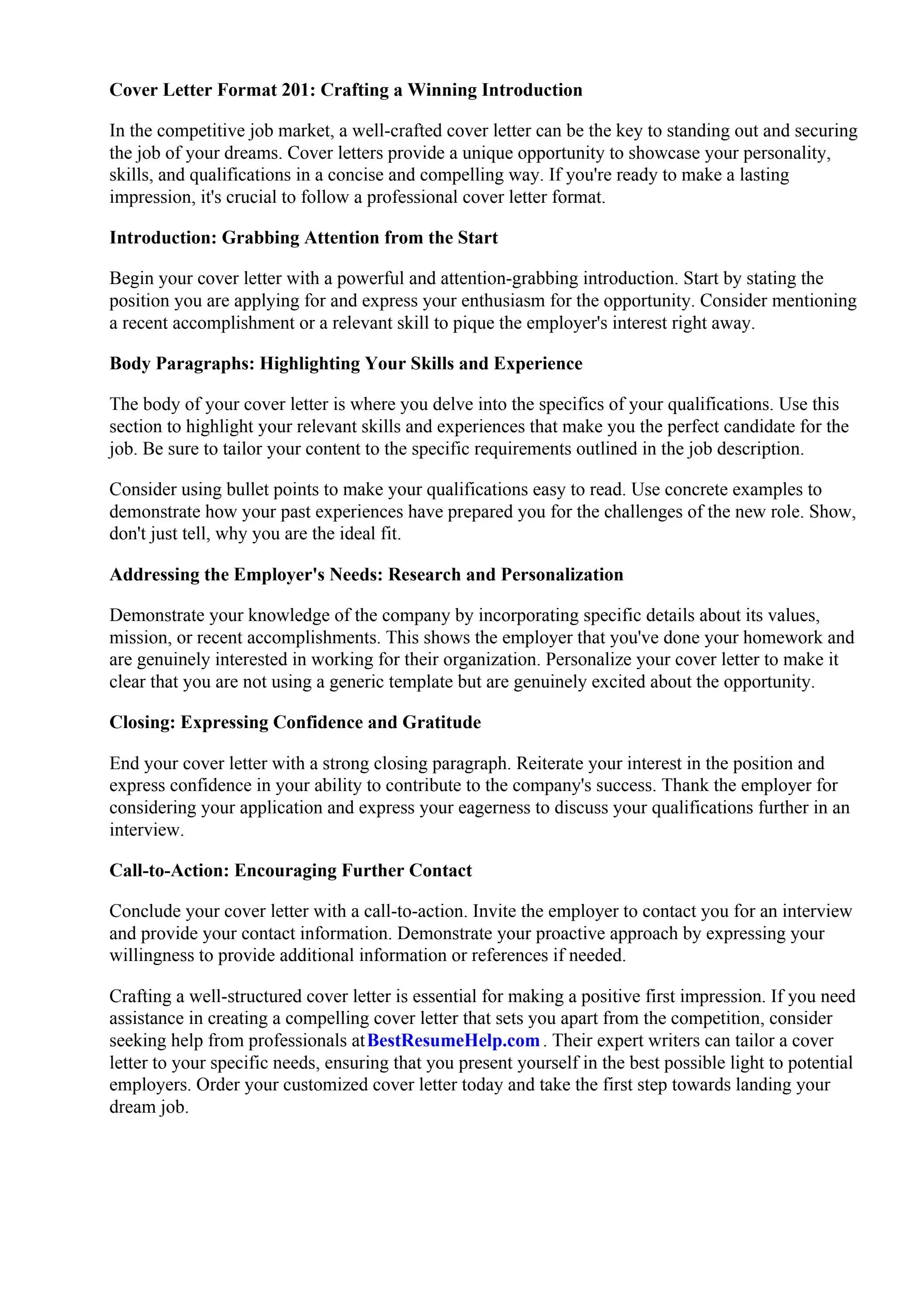
The body of your cover letter should showcase your relevant skills and experience, demonstrating how you meet the requirements of the job. Focus on specific accomplishments and quantifiable results whenever possible. Provide concise examples that highlight your abilities and how they align with the job description. This is the section where you provide substance to your application, making sure it is clear that you are a good fit.
Quantify Your Achievements
Whenever possible, quantify your achievements using numbers and data. For example, instead of saying “Improved sales,” say “Increased sales by 20% in one quarter.” Numbers give your claims credibility and make it easier for the hiring manager to understand the impact of your contributions. Using concrete numbers is a great way to demonstrate your impact and success. This shows results.
Tailor to the Job Description
Carefully review the job description and tailor your cover letter to match the specific requirements and keywords. Highlight the skills and experiences that are most relevant to the position. Show the hiring manager that you understand the role and how you can contribute to the company’s success. Customize each cover letter to suit the requirements of the specific job for the highest chance of success.
Tip 4 Structure with Concise Paragraphs
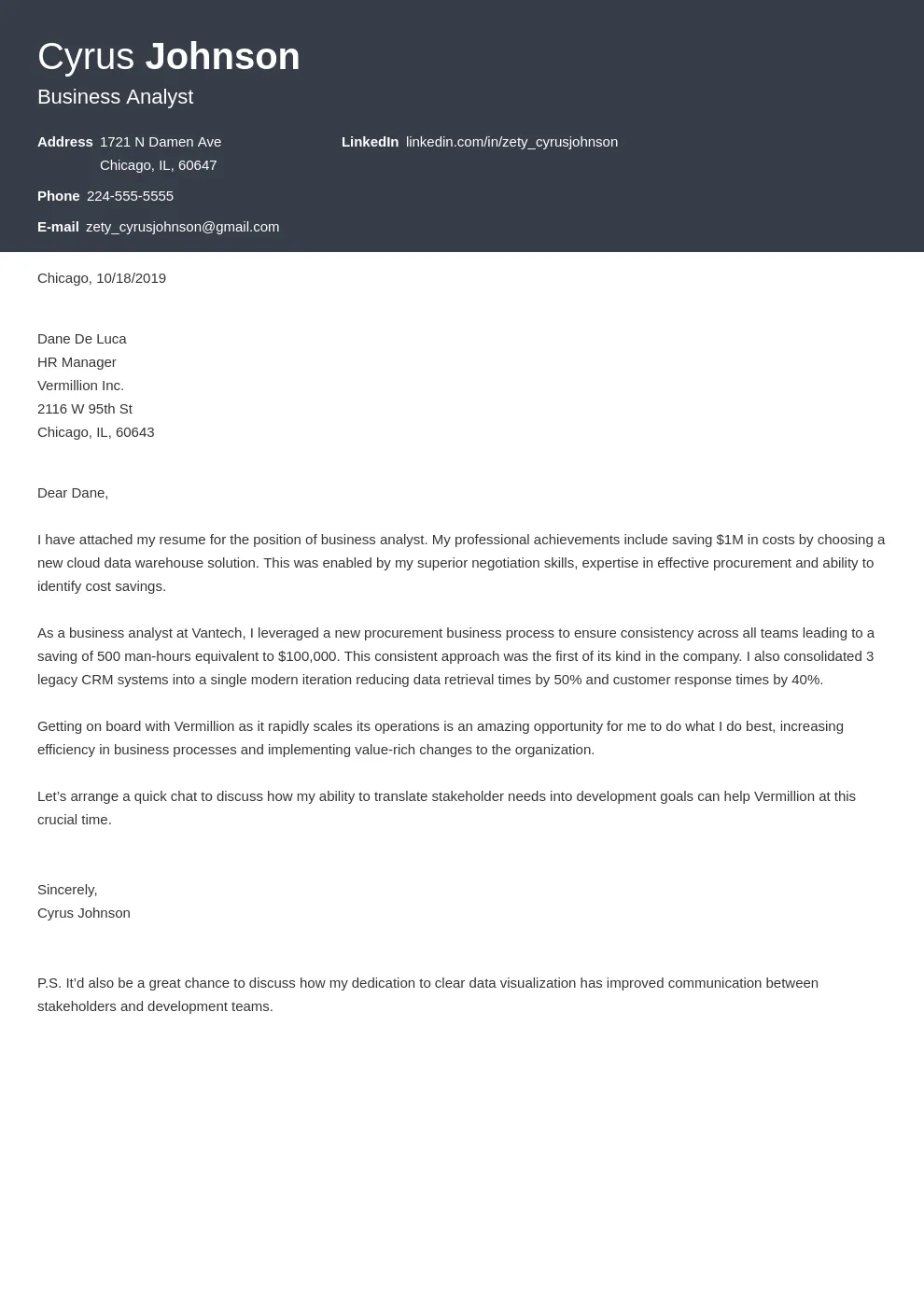
Keep your paragraphs concise and focused. Long, rambling paragraphs can be difficult for the hiring manager to read and understand. Short, well-structured paragraphs make your letter more readable and help you to highlight the most important information. The layout should be designed to maximize readability, so short paragraphs and adequate white space are essential. Concise paragraphs are much easier to follow and make your points clear.
Keep Paragraphs Focused
Each paragraph should focus on a single idea or topic. Start with a clear topic sentence and provide supporting details or examples. Avoid including multiple ideas in a single paragraph, as this can confuse the reader. Clear focus leads to better comprehension and ensures that you’re effectively communicating your value. Keep each paragraph distinct and the ideas will be much easier to digest.
Maintain a Consistent Tone
Maintain a professional and consistent tone throughout your cover letter. Use a tone that aligns with the company culture and the role you are applying for. Be confident, enthusiastic, and respectful. The tone of your letter creates a lasting impression. Consistency helps communicate your professionalism and attention to detail.
Tip 5 Include a Compelling Closing
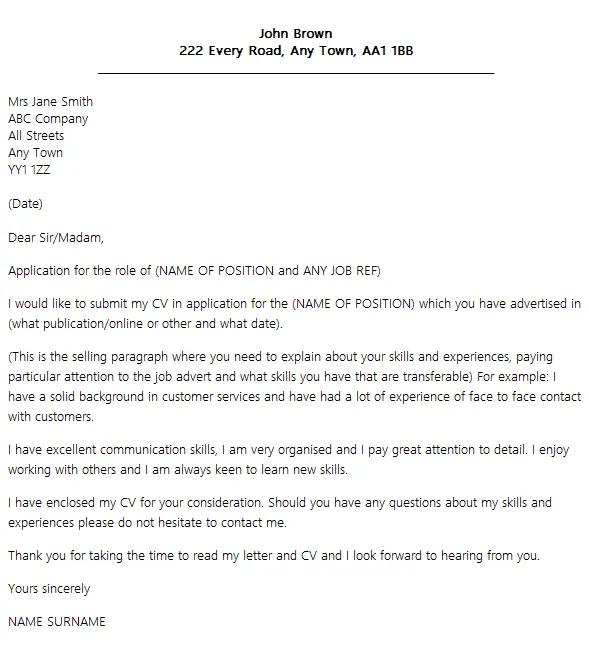
The closing of your cover letter is your final opportunity to leave a positive impression. It should reiterate your interest in the position and encourage the hiring manager to take the next step. A strong closing will not only summarize your strengths but will also prompt the recruiter to consider your application further. Avoid generic phrases and aim for a memorable sign-off.
Express Enthusiasm
Reiterate your enthusiasm for the position and the company. Express your genuine interest in the opportunity and your desire to contribute to their team. Showing genuine excitement can make you stand out from other applicants. This is a great way to emphasize your interest in the role.
Include a Call to Action
Include a call to action that encourages the hiring manager to take the next step, such as inviting them to review your resume or scheduling an interview. Be specific and make it easy for them to respond. Make it very clear what you would like the reader to do. A call to action ensures that the hiring manager takes the next step.
Tip 6 Format for Readability
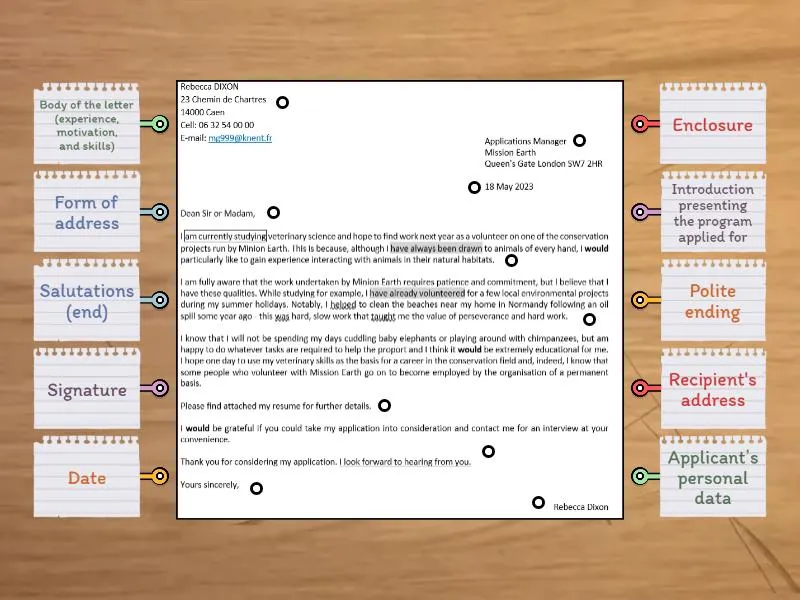
Effective formatting is crucial for making your cover letter easy to read and visually appealing. Choose a font, use white space, and structure your text to ensure that your letter is accessible and professional. This will help ensure your letter looks polished and is easy to read.
Choose an Appropriate Font
Select a professional and easy-to-read font, such as Times New Roman, Arial, Calibri, or Helvetica. Stick to a font size between 10 and 12 points. Avoid using overly ornate or distracting fonts, as they can detract from the content. These are classic and widely-accepted choices that will present your application in a great light.
Use White Space Effectively
Use white space to break up text and make your cover letter more visually appealing. Leave adequate margins and spacing between paragraphs. Avoid overcrowding the page. White space makes your letter more readable and less overwhelming. Sufficient spacing and margins give your document a clean, professional look.
Tip 7 Proofread Meticulously
Proofreading is the final, and most important, step in the cover letter layout process. Errors in grammar and spelling can undermine your credibility and give the impression that you are not detail-oriented. Take the time to carefully review your letter for any mistakes. Proofreading is a must for every cover letter layout.
Check for Grammar and Spelling Errors
Carefully check your cover letter for any grammar and spelling errors. Use spell-check and grammar-check tools, but also read your letter carefully to catch any errors that these tools might miss. A single mistake can be detrimental to your application. You want to ensure there are no errors in your application.
Read Aloud
Read your cover letter aloud to catch any awkward phrasing or grammatical errors. Reading aloud can help you identify any areas where the letter does not flow well. This is a very useful and effective method of ensuring that your cover letter is perfect. This ensures that the letter is flowing in a natural way.
